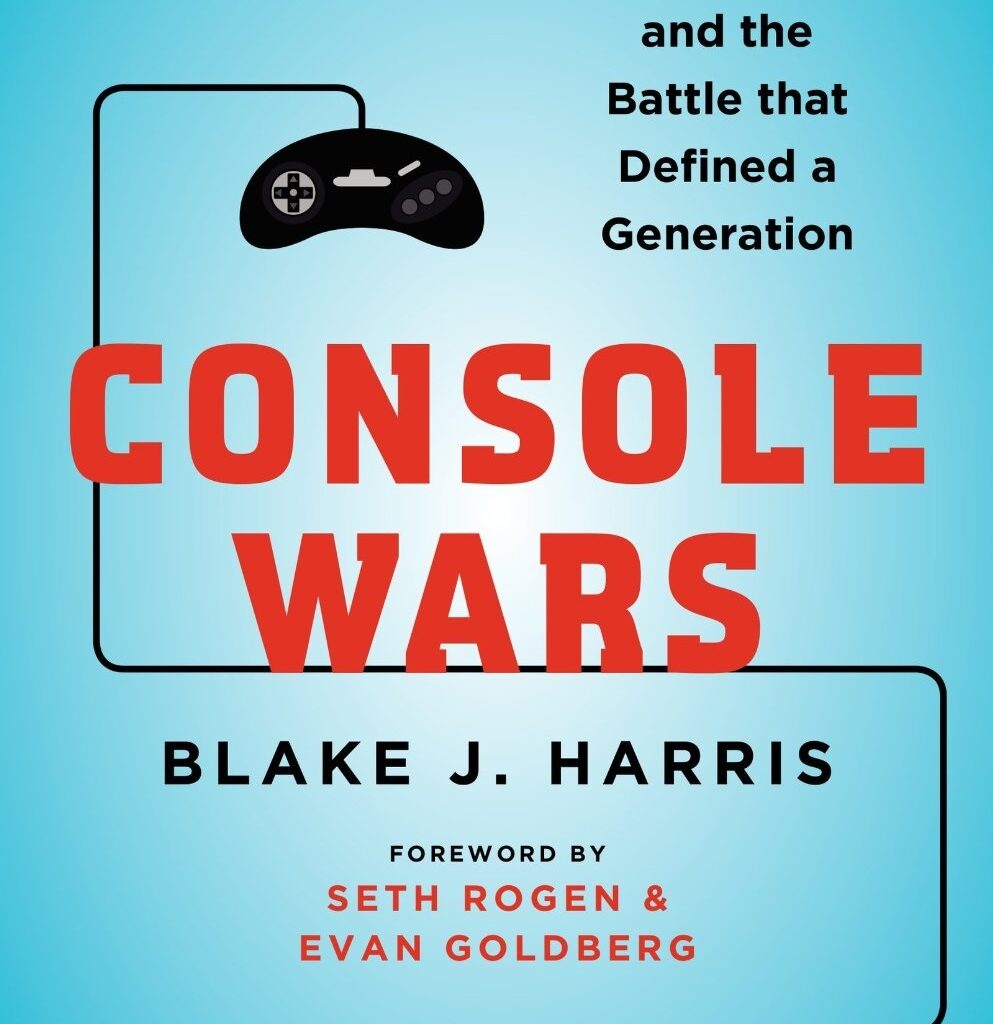Those of us who grew up with video games in the 90s fondly remember the “console wars” of that era. There was Nintendo, with its iconic Super Nintendo system, filled to the brim with Mario and Yoshi and Zelda and all its NES classics, updated to take advantage of all 16 bits of processing power. Then there was Sega, whose Sega Genesis console featured upstarts like Sonic and Streets of Rage and Mortal Kombat with actual red blood. We got our videogame fill from magazines like EGM and Nintendo Power, and were enticed by those loud commercials about fast cars and Blast Processing.
Looking back on that time now, nostalgia-tinted glasses tell a story of of a simpler, more honest time, and one which has defined video games for generations to come.
Console Wars is a book that dispels that sense of innocence. It’s tells a story around the business and marketing and technology that made the SNES and Genesis possible, and how the two companies behind the consoles worked to compete each other out of existence. Disappointingly however, the author approaches this conflict primarily from Sega’s perspective; specifically, he details the work of a rogue Sega of America (SoA) climbing a mountain towards relevance. Emboldened by a new president, they fought with genius marketing, savvy business decisions, and a critical lineup of lynchpin games.
The storytelling in Console Wars has perhaps a bit too much intrigue. The problem is essentially the same overwrought dramatization that Hatching Twitter editorialized; the line between history and idealized fiction is creatively blurred at the expense of credibility. It’s a shame, as like with Hatching Twitter, I think the real story is worth telling without embellishment. The way that the video game industry as a whole evolved in the 16-bit era is interesting enough on its own.
I’m likely biased as a software engineer, but I was also disappointed that most of the book focused on the personnel and decisions made by Sega of America – back then, a little more than the marketing arm of Sega for North America. Granted, Sega did have to make some drastic moves to catch up to Nintendo’s lead, but it was a combination of factors that led to its ascension, the foremost being its strong catalog of games. In particular, the author’s constant negative portrayal of Sega of Japan in contrast to the suave and heroic Sega of America is a bit much.
But for me, the most disappointing aspect is the book’s inability to extend beyond the brief 2-3 year period of triumph for Sega of America. To his credit, the author does devote some time explaining what happened in the 8-bit era with the NES, and even goes a bit into video game collapse prior. The late 90s were full of action: Atari leapt impressively to 64-bit; Philips tried the market with a CD-based console; Sony developing its Playstation alone after being rebuked by Nintendo. From this standpoint, Console Wars is more truncated biography than documentary.



